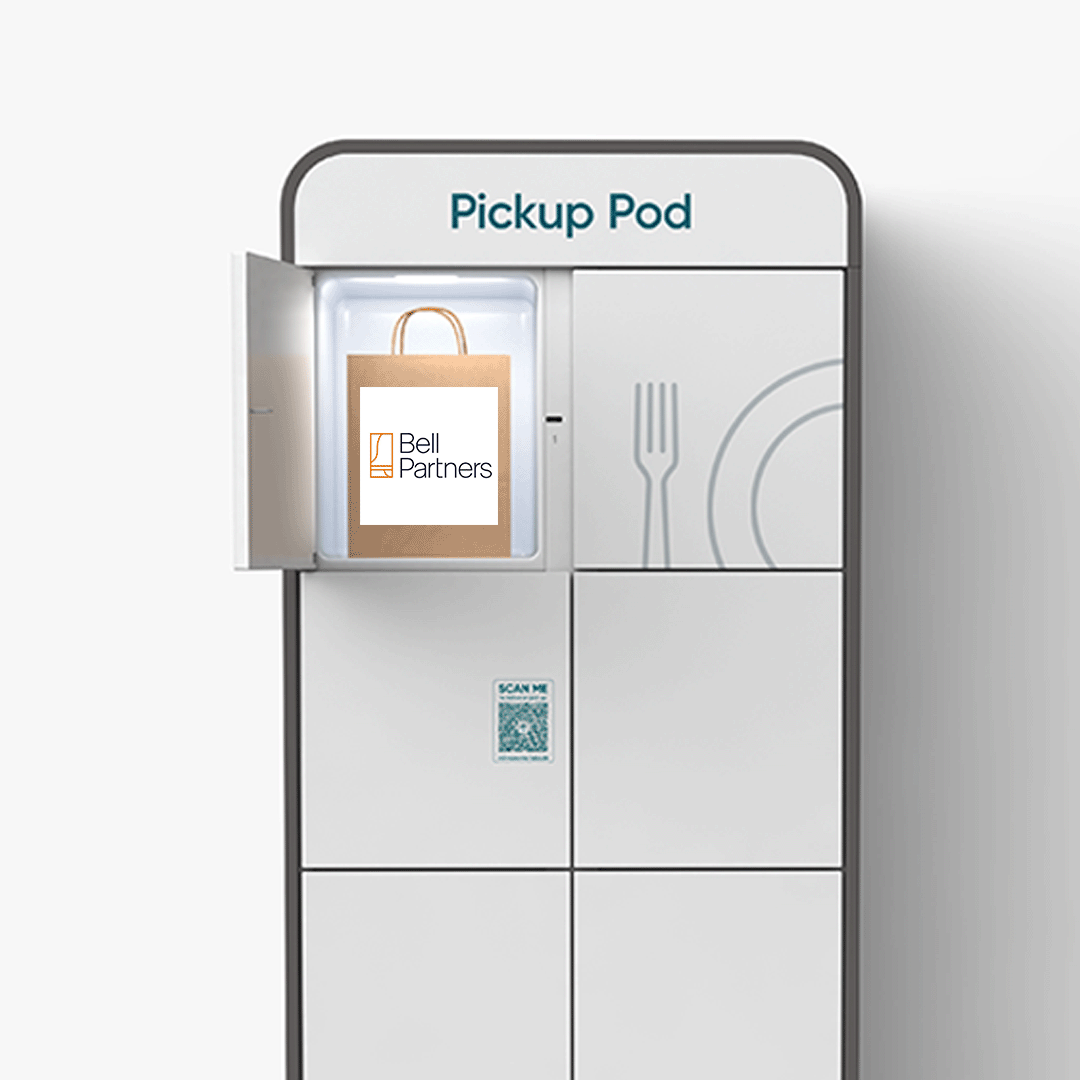In today’s digital-first business landscape, the ability to process online payments quickly and securely is non-negotiable. Whether you’re running an eCommerce store, subscription service, or digital platform, a payment gateway is the backbone of your transaction system.
But what exactly does a payment gateway do—and how does it ensure both security and speed in online transactions? In this beginner-friendly guide, we’ll walk you through the fundamentals of how payment gateways work, their core components, and why the right payment Gateway development services can be a game-changer for your business.
What is a Payment Gateway?
A payment gateway is a secure digital infrastructure that facilitates the transfer of payment information from the customer to the acquiring bank. It ensures that sensitive payment data is encrypted, authenticated, and transmitted securely—acting as the link between your website or application and the banking institutions involved in the transaction.
How Payment Gateways Work: Step-by-Step
Let’s simplify the process behind every successful online payment:
- Customer Initiates a Transaction
A user selects products or services, moves to checkout, and enters their payment details (e.g., credit/debit card, digital wallet). - Data Encryption
The customer’s payment information is encrypted and securely passed to the payment gateway. - Forwarding to Payment Processor
The payment gateway sends the encrypted data to a payment processor, which contacts the customer’s issuing bank. - Authorization Request
The issuing bank verifies the transaction by checking available funds and confirming details. - Approval or Decline
Based on the verification, the bank either approves or declines the transaction. - Response Relay
The gateway sends the result back to your website or app—informing the customer of the outcome. - Fund Settlement
If approved, the transaction amount is settled to the merchant’s account, typically within a few business days.
Why Secure Payment Gateways Are Essential
When financial data is involved, security is everything. A trustworthy payment gateway ensures:
- End-to-end encryption
- Tokenization of sensitive data
- Compliance with PCI DSS standards
These security features protect your customers, reduce fraud, and foster trust in your brand.
Choosing Between Third-Party vs. Custom Payment Gateways
You have two primary options when integrating a payment gateway into your platform:
- Third-Party Providers: Options like Stripe, PayPal, and Razorpay offer fast deployment and easy setup.
- Custom Payment Gateways: Designed in-house or with a development partner, these solutions offer greater control, flexibility, and scalability.
For growing businesses or those requiring specialized workflows, investing in custom payment gateway development services allows for a tailored solution that supports long-term growth.
Learn More: Types of Payment Gateways and how they work
There are several types of payment gateways available — each suited to different business models and technical requirements. These include:
- Hosted Payment Gateways
- Self-hosted Payment Gateways
- API-based Gateways
- Local Bank Integration Gateways
Understanding the pros and cons of each type of payment gateways can help you choose the right fit or decide how to customize your solution.
Final Thoughts
A solid understanding of how payment gateways work helps you make smarter decisions about which solution fits your business best. Whether you opt for a ready-made service or a custom-built gateway, the right setup can dramatically improve transaction reliability, customer trust, and business growth.
Build the Right Payment Gateway for Your Business
At Itio Innovex, we help businesses design secure, scalable, and fully customized payment gateway solutions. From startups to large enterprises, we’re committed to delivering seamless integration and robust security.
Read More: The Hidden Risk in Fintech: What You Need to Know About Cybersecurity in Fintech























